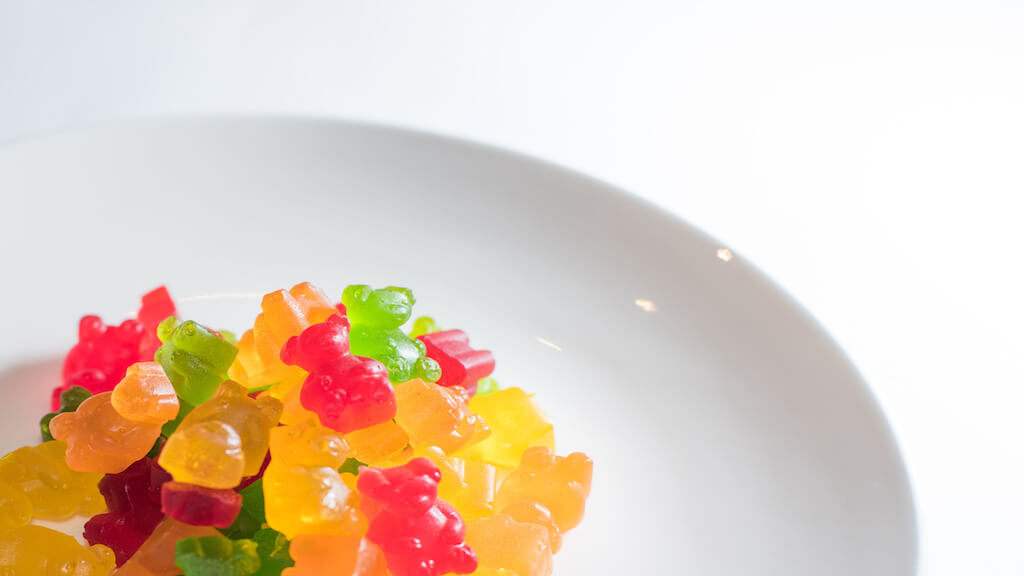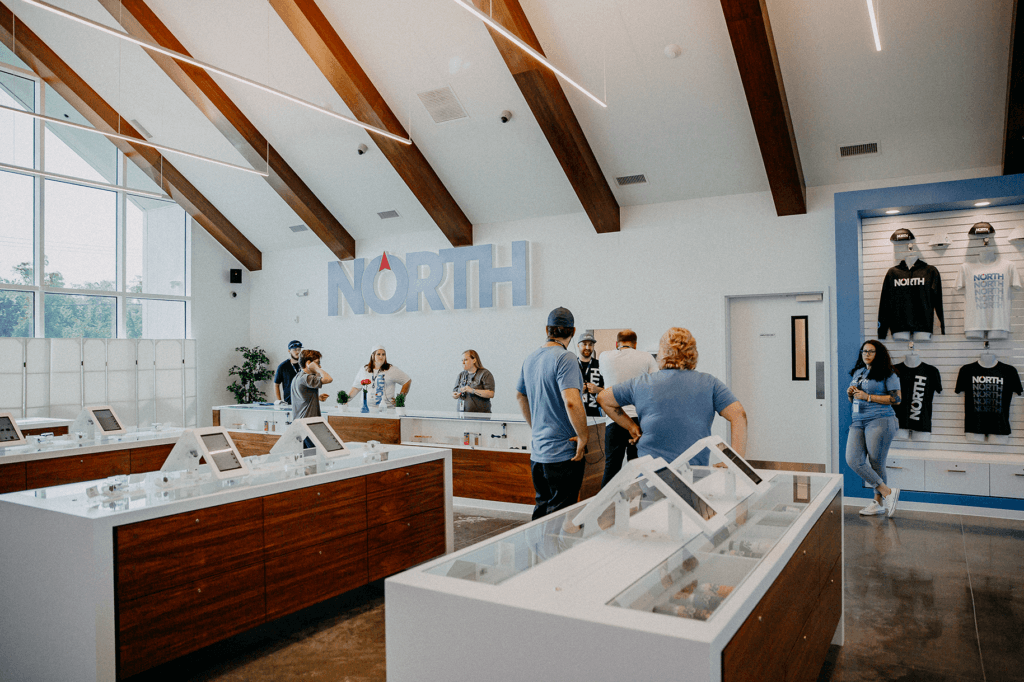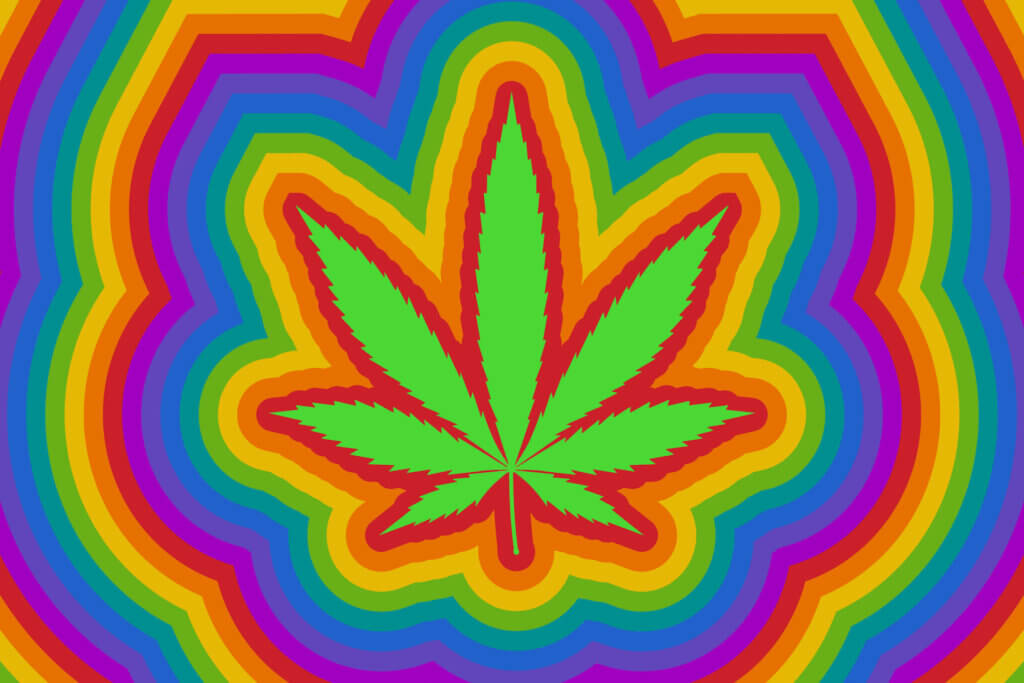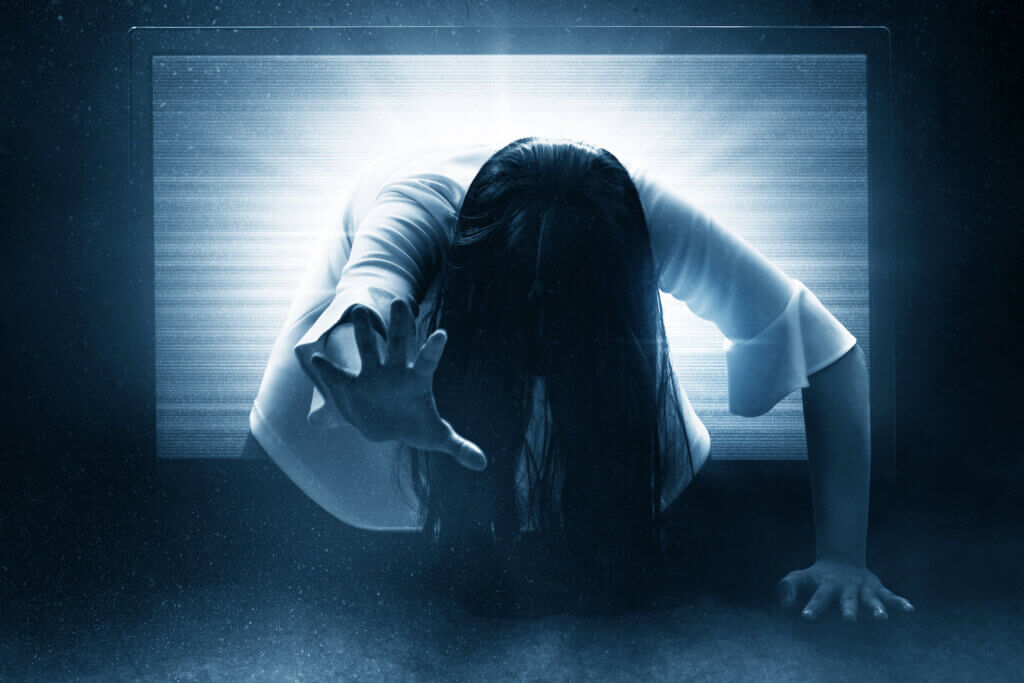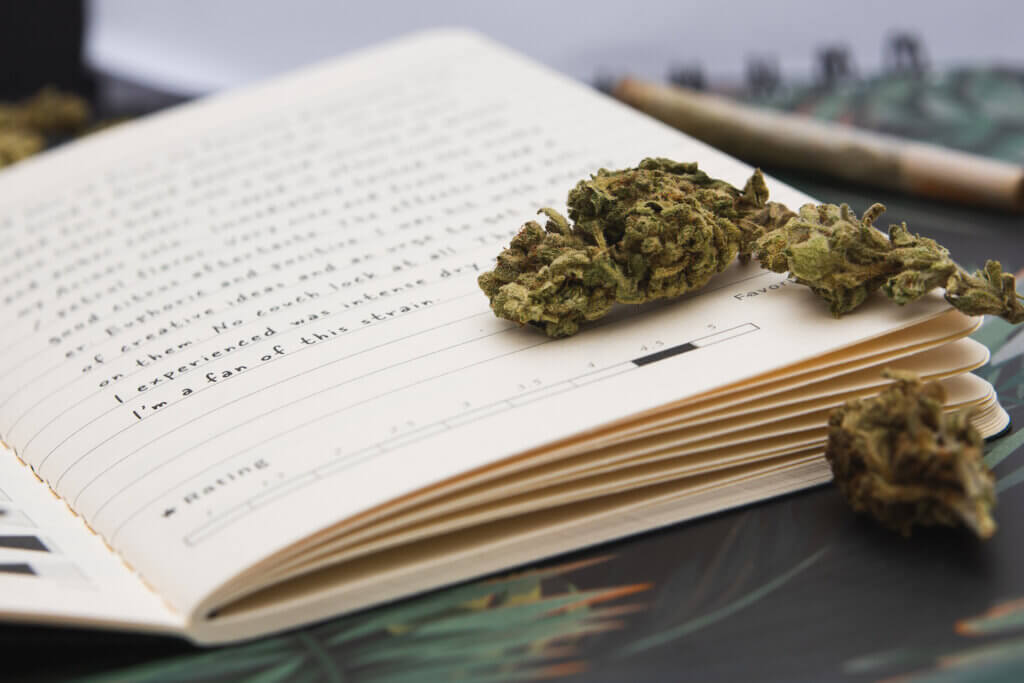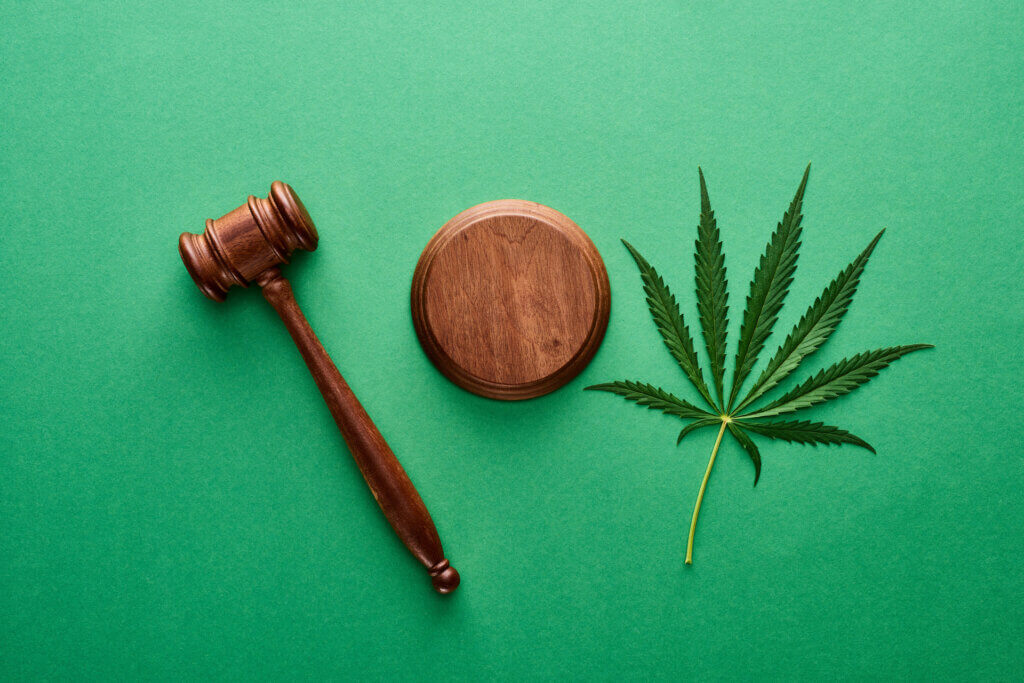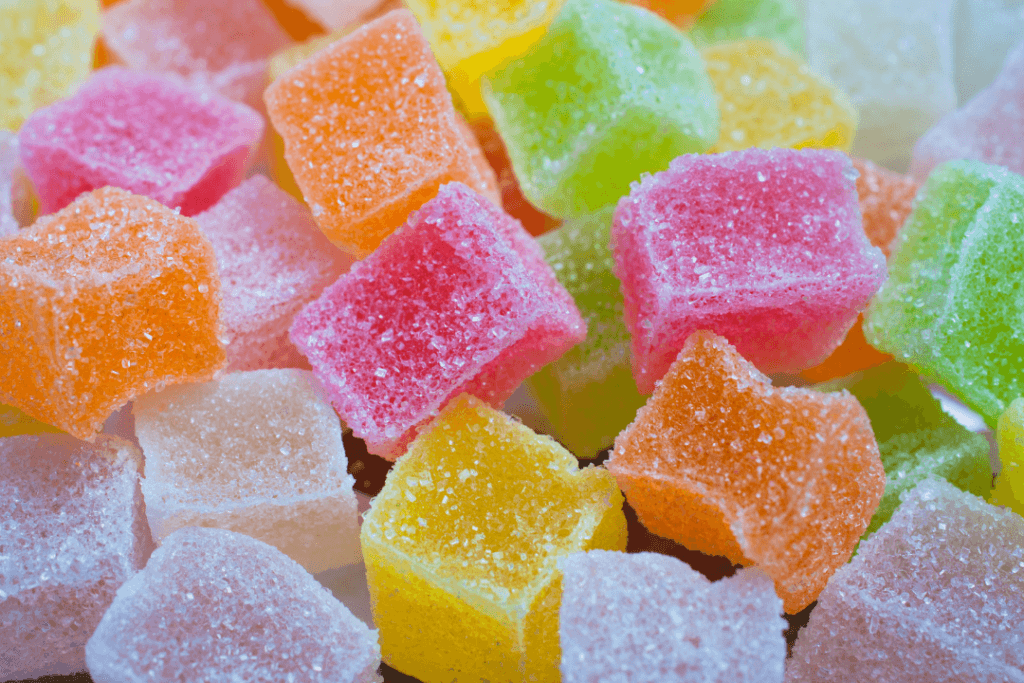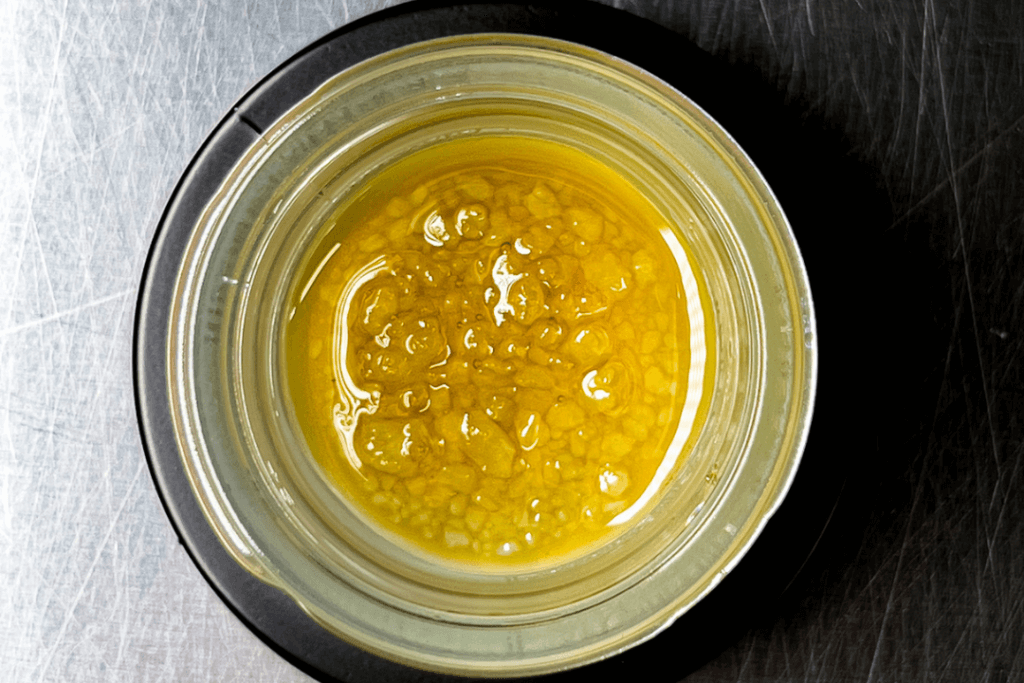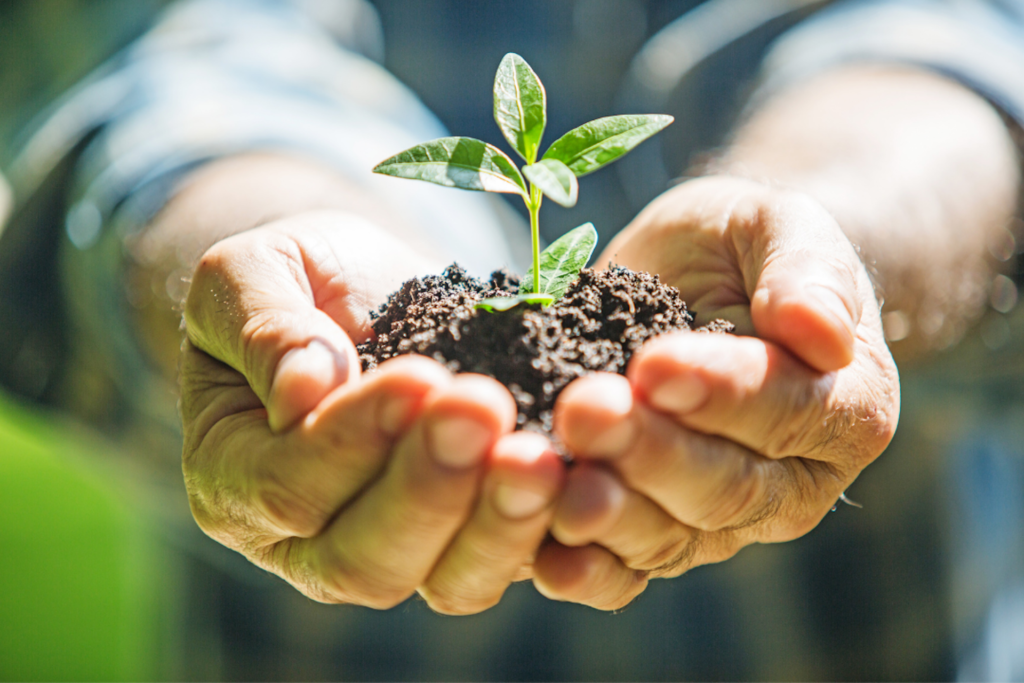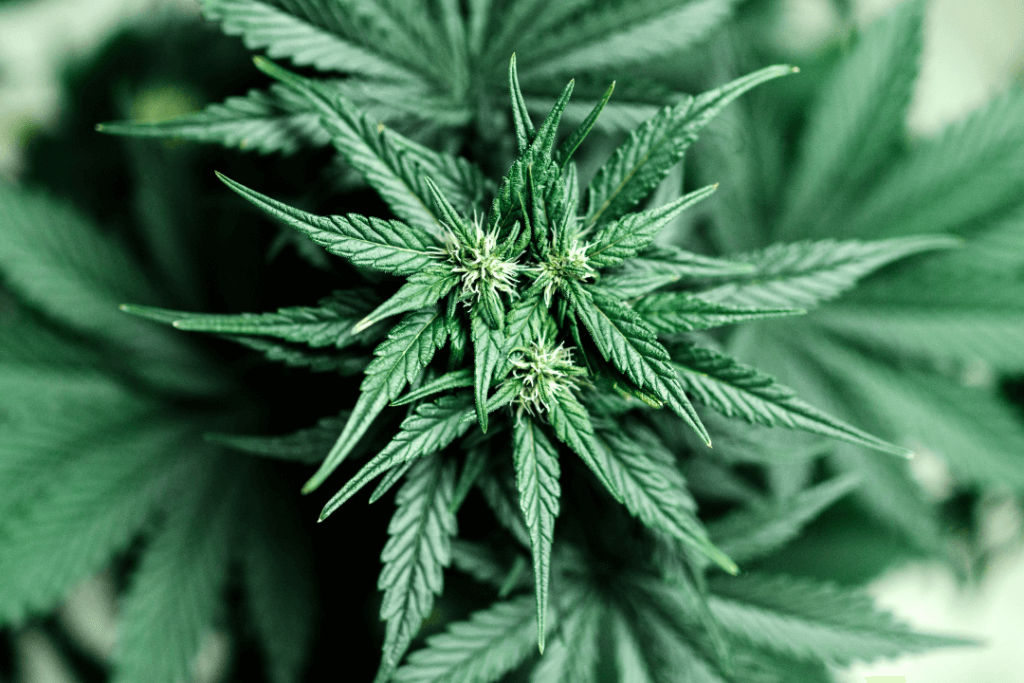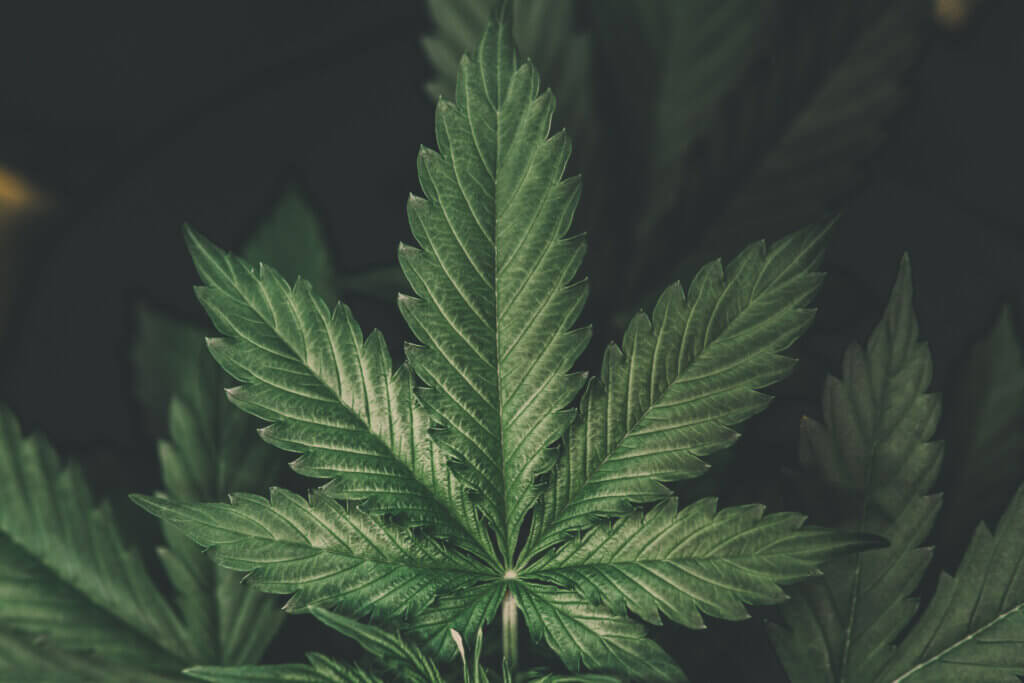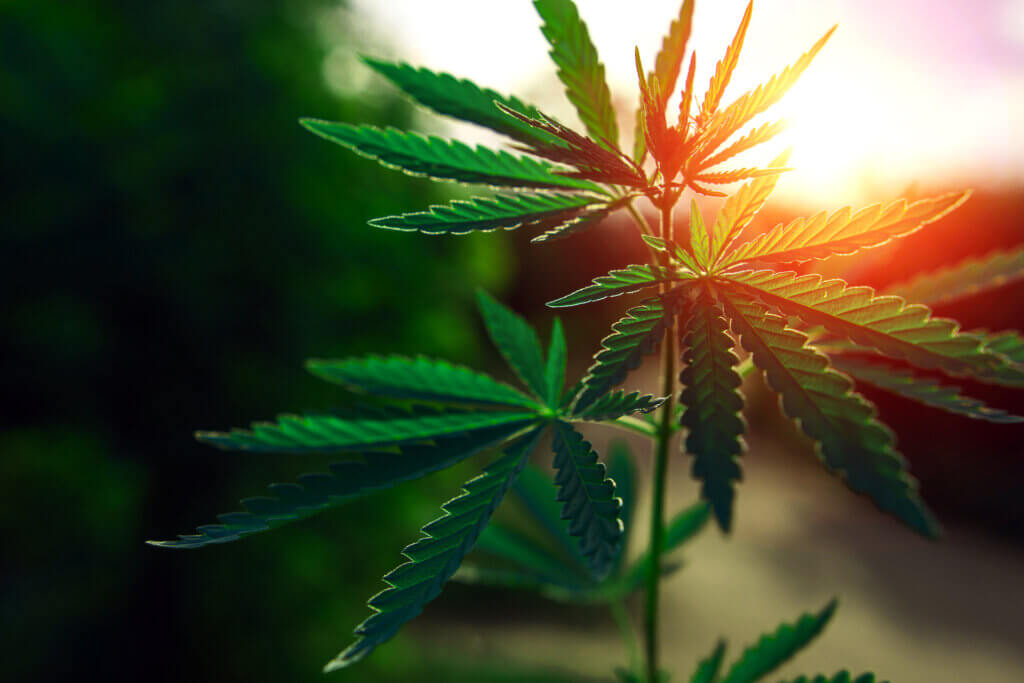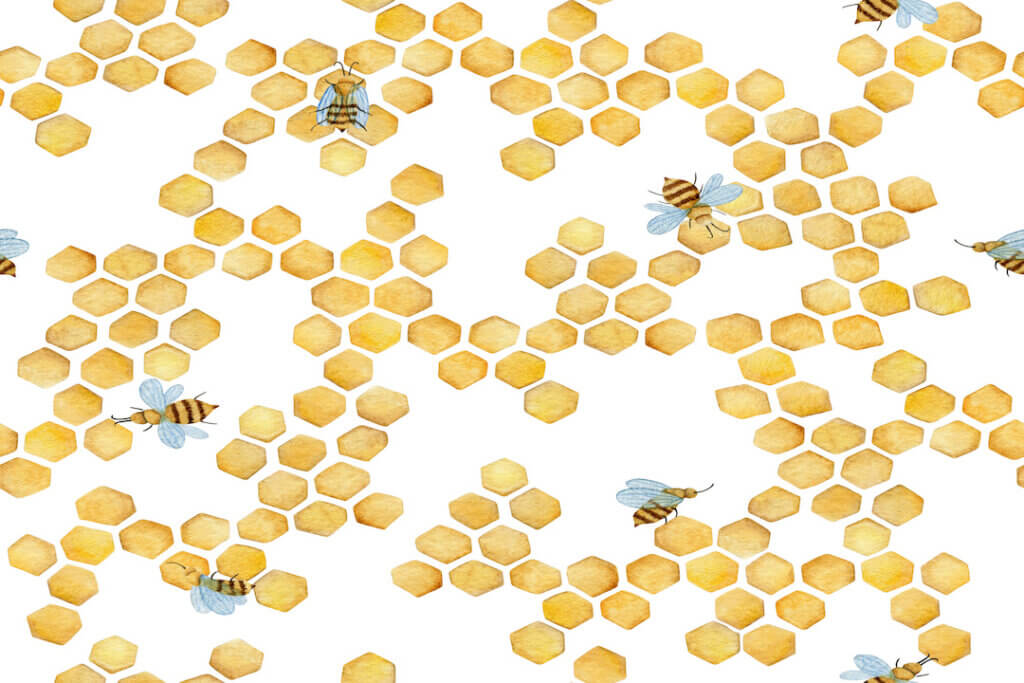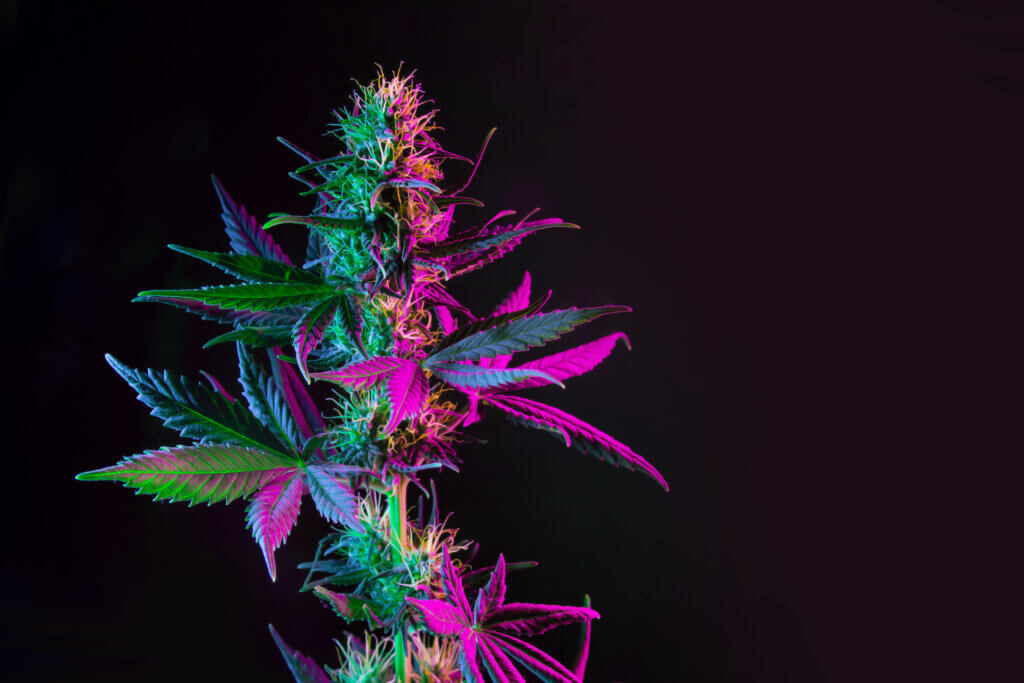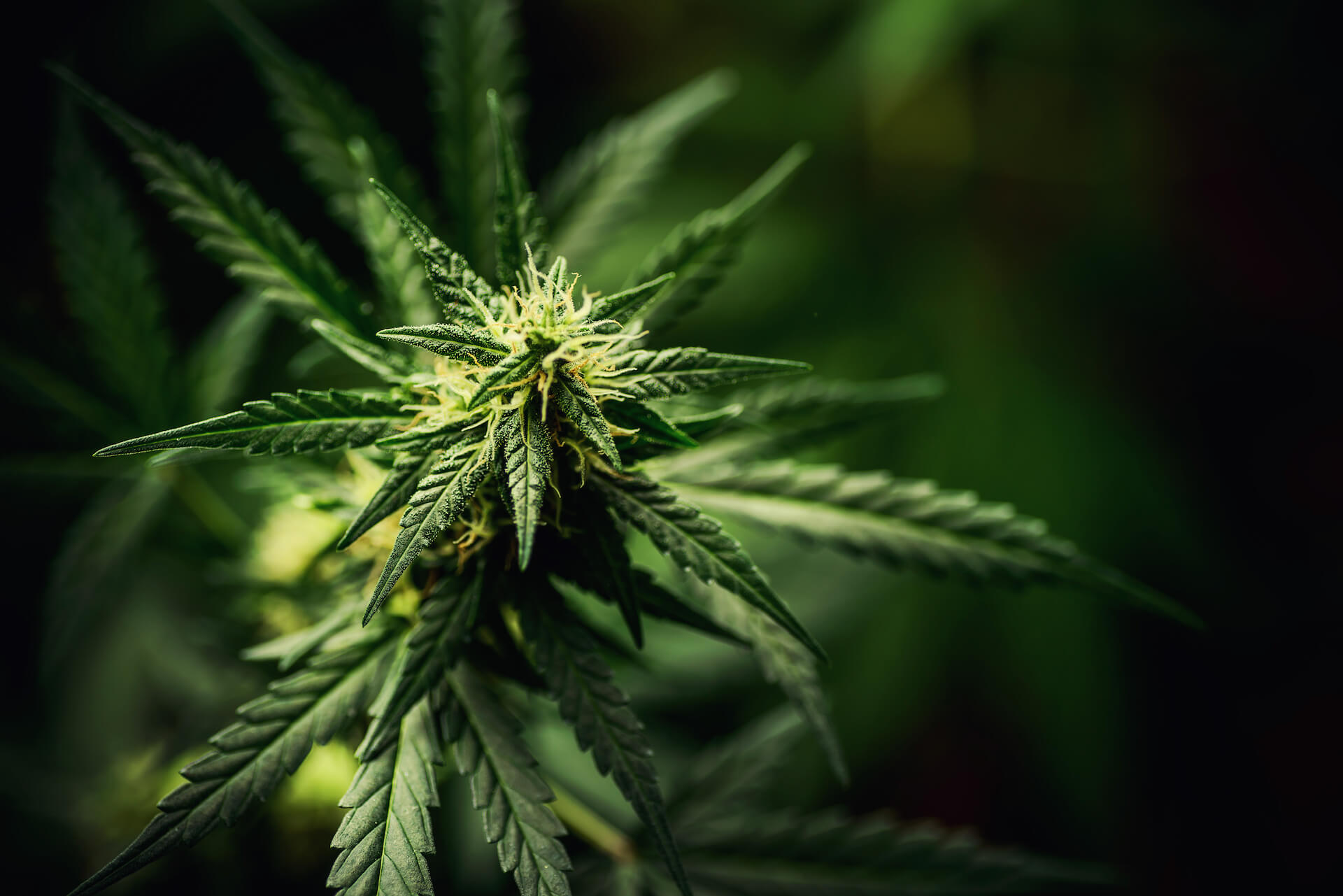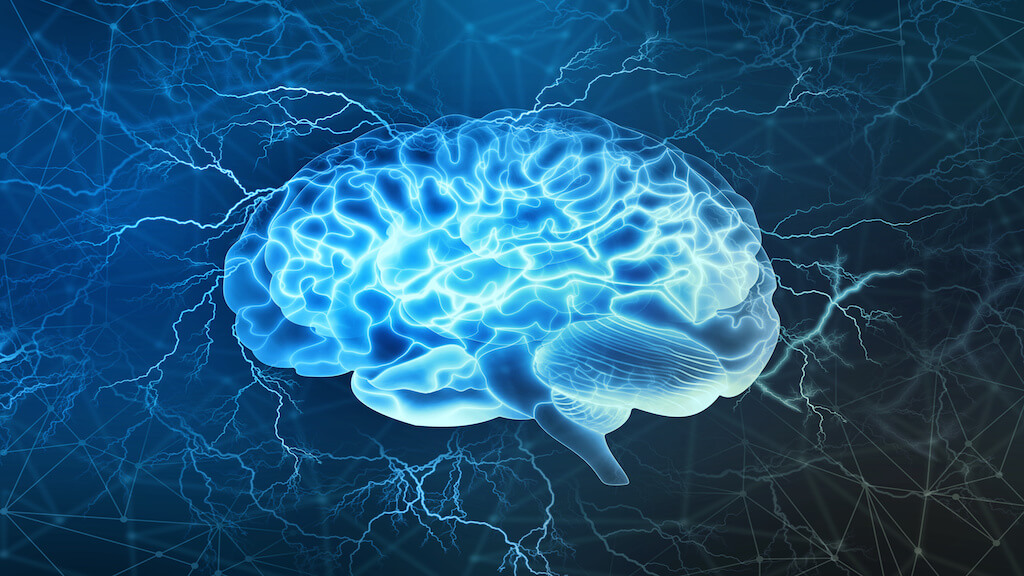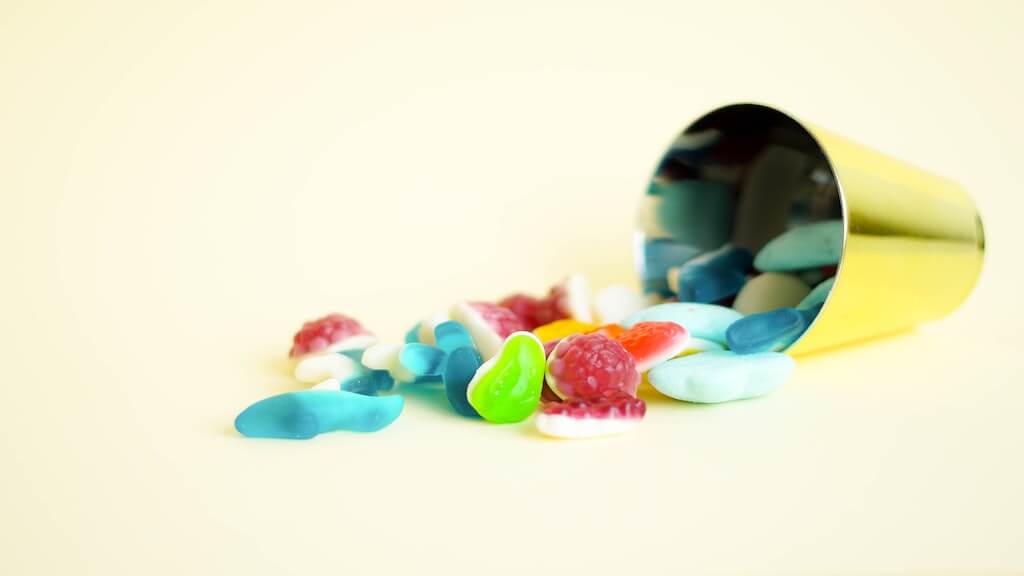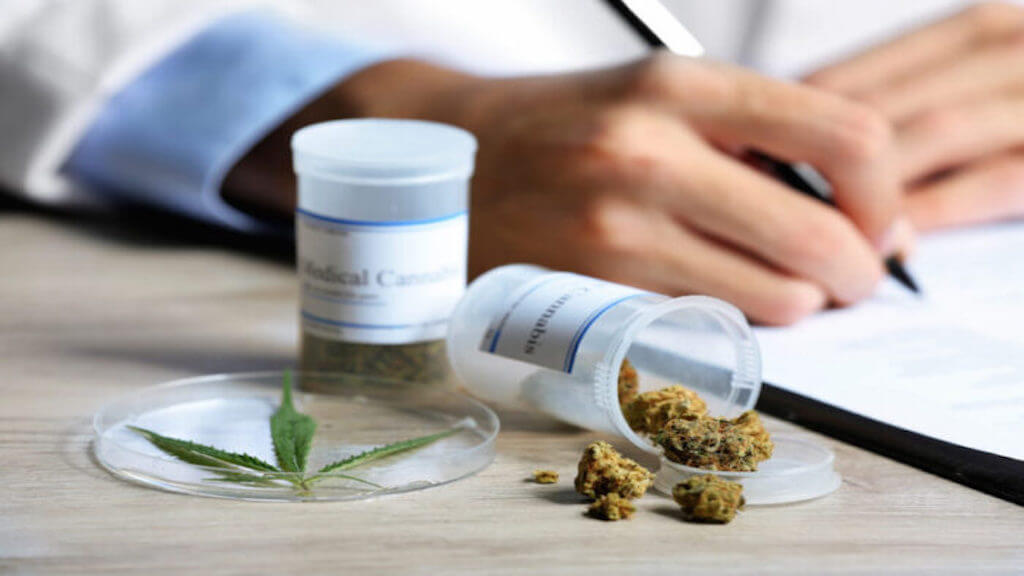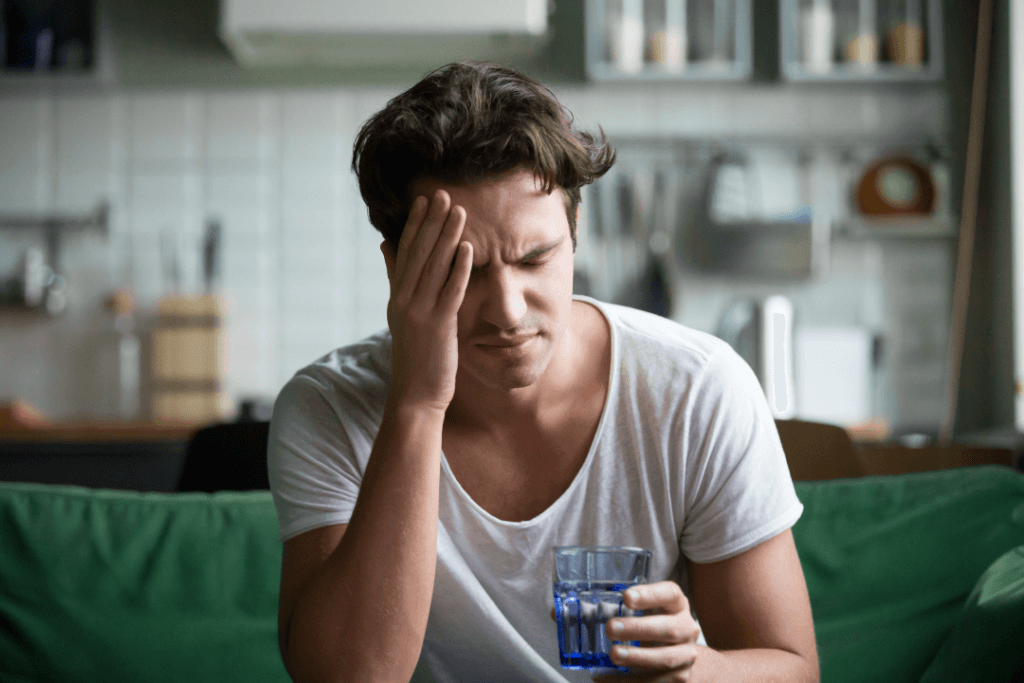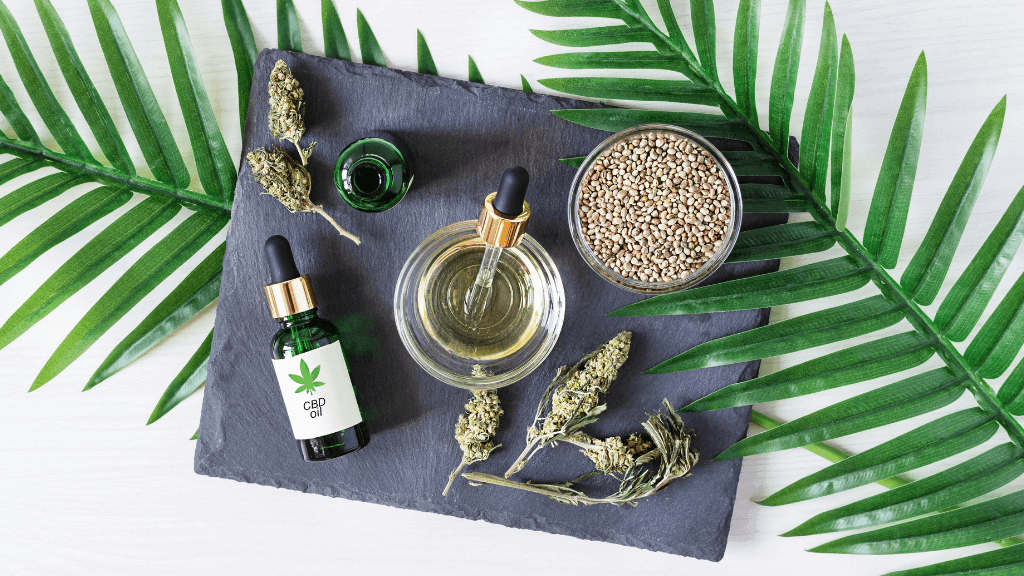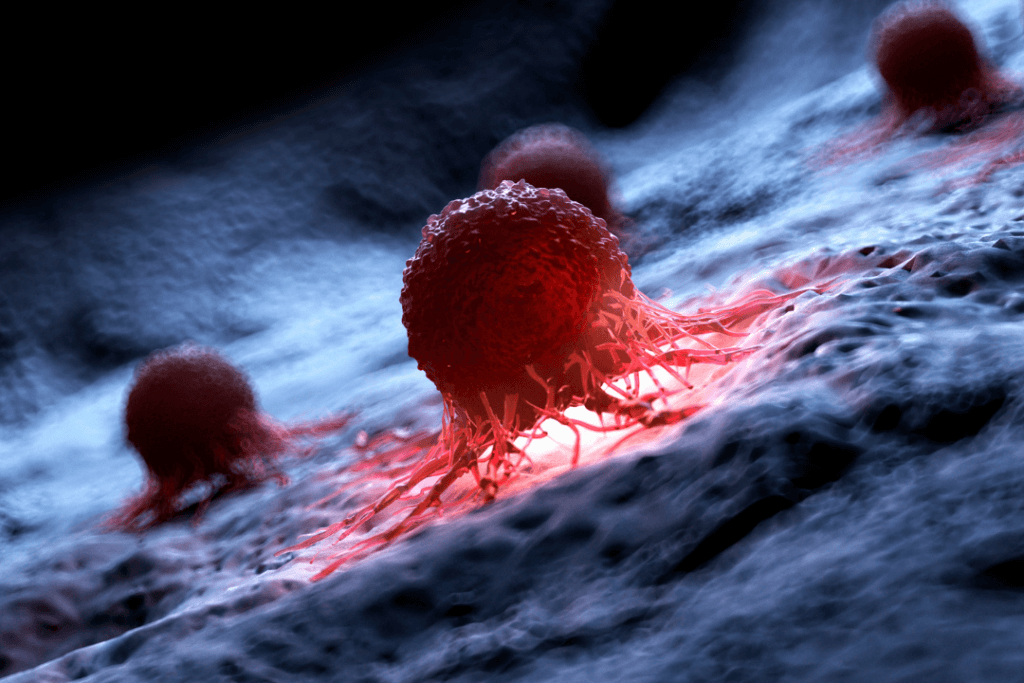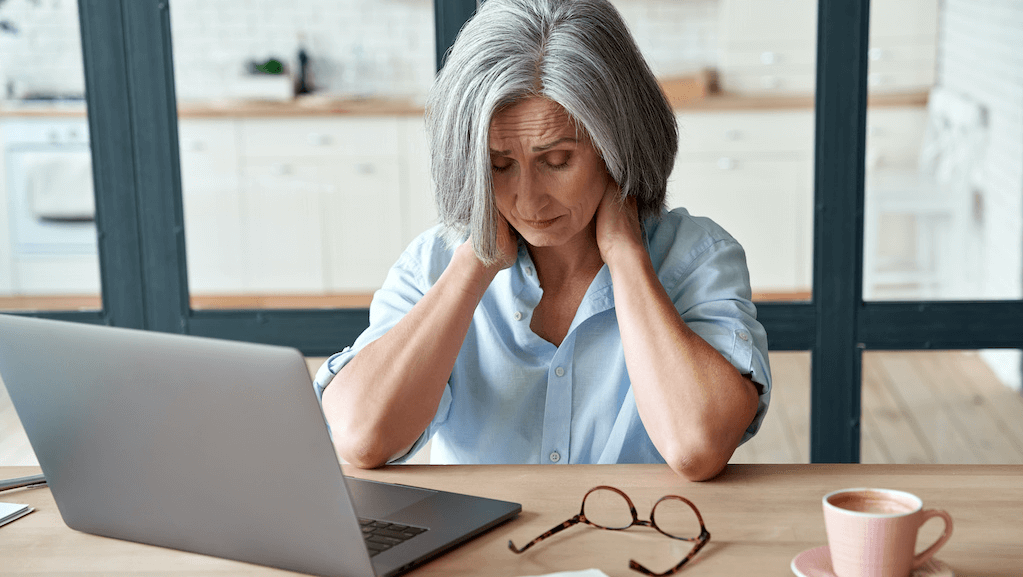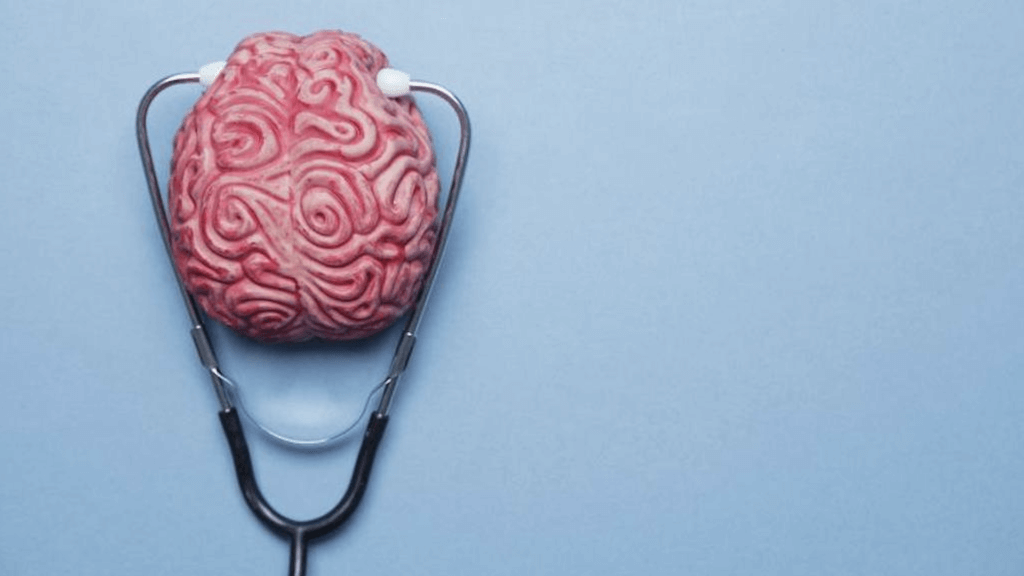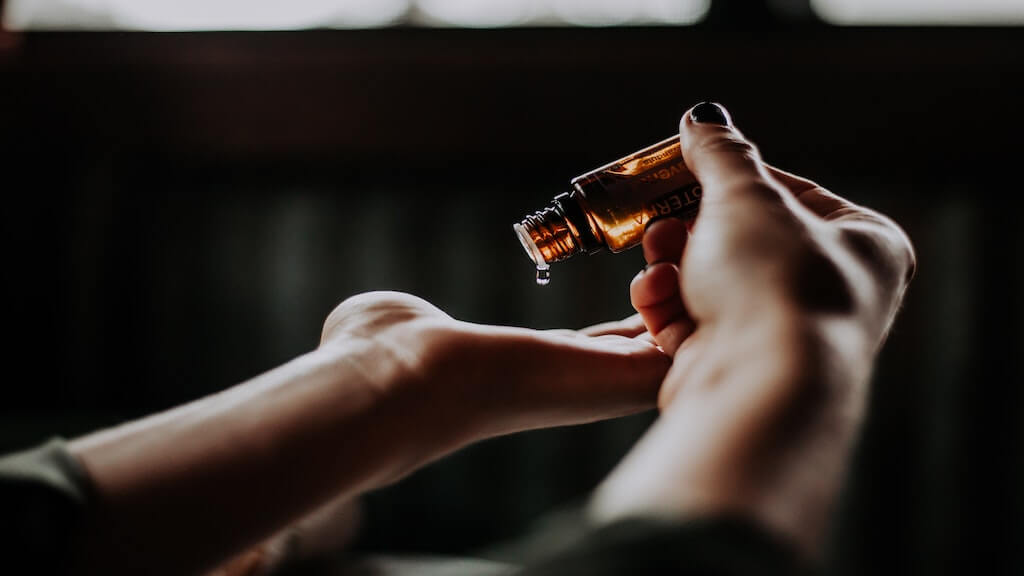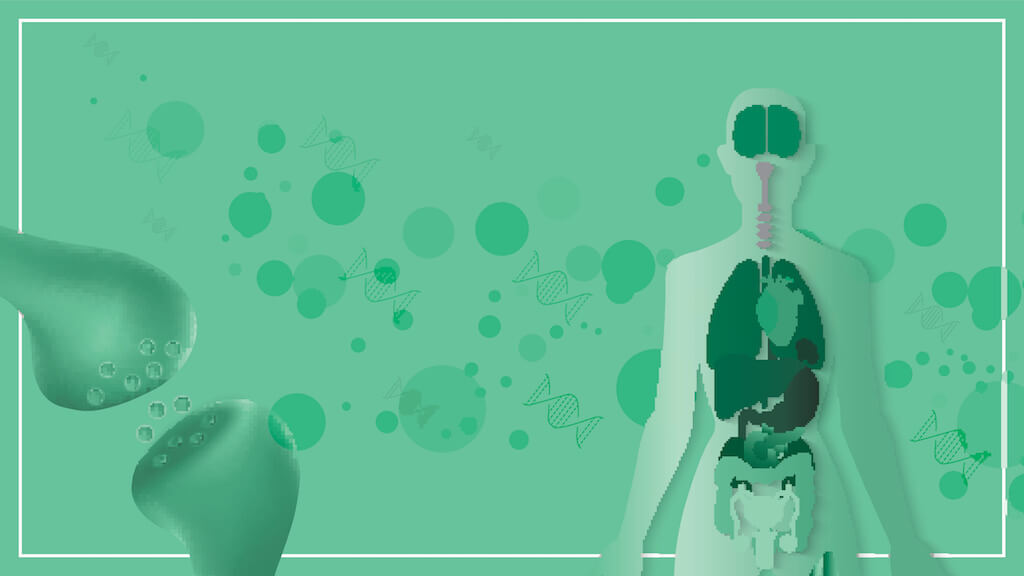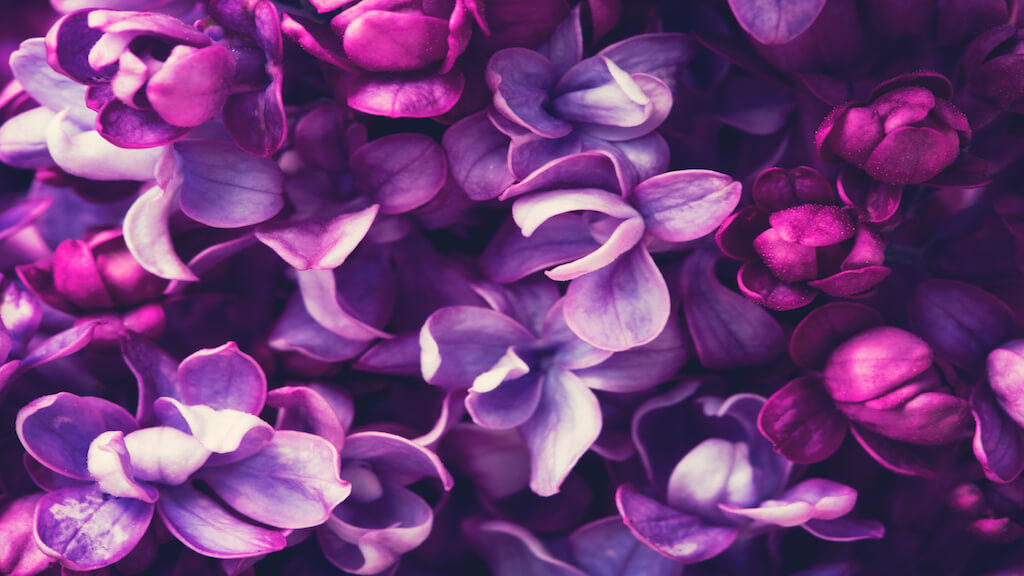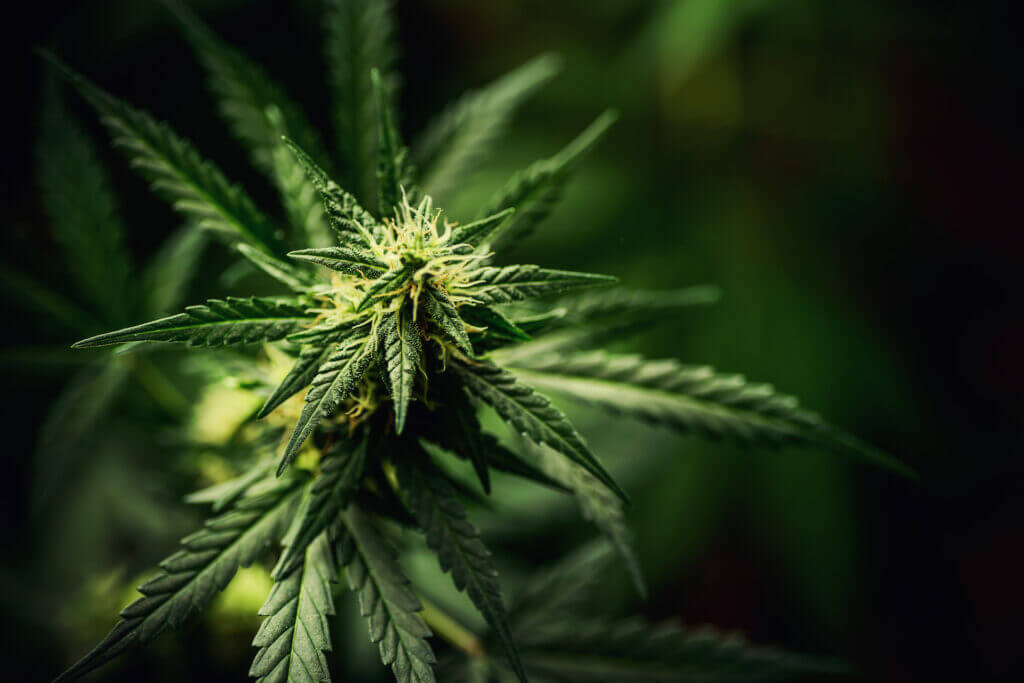In order to determine how long the high from an edible lasts, there are a few different factors that need to be identified first. Edibles do not last the same amount of time for every single person and, in addition to that, edibles are dosed differently in each product.
It is also important to remember that eating an edible is not the same thing as smoking or vaping cannabis. When people smoke or vaporize cannabis, it enters their bloodstream and produces an instantaneous high. It also immediately begins working to relieve the symptoms that medicinal cannabis treats. The high from smoking cannabis is also a lot shorter – roughly one to four hours.
Since this isn’t a universal rule and is dependent on many things, let’s look at those different factors and how it might impact our high from eating an edible.
Step One: Identifying the User
The most important question needing to be answered is, “How often do I consume cannabis?” This poses a lot of gray-area solutions. On one hand, those who have never used cannabis at all may feel the effects to be a lot stronger than someone who uses it every day. On the other hand, there is such a thing as an endocannabinoid deficiency, meaning some first-time users don’t feel the effects from any kind of cannabis consumption, edible or otherwise. If you are a first-time user, it may take you using marijuana or CBD multiple times before you feel anything. This is because your endocannabinoid system is not “awake” yet, so to speak.
The previous points aside, an edible is said to last a lot longer if you haven’t eaten anything before the edible. This 2012 study showed that THC and CBD were absorbed much quicker on empty stomachs than those participants who had a full stomach. There are other factors that can impact an edible high, too, like how much coffee or caffeine you had that day, your stress levels, and other medications you may be taking.
Step Two: Identifying the Dosage
Remember that a CBD edible will present itself differently than an edible that has THC, too. CBD edibles do not create that “head high” that THC edibles do. CBD edibles will make you feel more relaxed, but relaxation of the body only. Edibles that also have THC will also allow your mind to be impacted. A lot of people start their days with a THC edible so they can have a stimulated mind all day long, while others prefer a CBD edible. CBD edibles are especially useful for sleep if it is timed properly.
THC edibles can have as little as 1 milligram of THC, all the way up to 100 milligrams. Some brands even claim to go above 100 milligrams of THC. An edible with 1 milligram of THC will metabolize in the body much quicker than an edible with 100 milligrams of THC; therefore, the edible lasts for a much shorter period of time. The dosage options for CBD are pretty similar to the options for a THC edible. The key to creating a good experience using an edible is to start low and go slow. Wait and see how your body reacts before reaching for another infused gummy bear or brownie. As we mentioned above, it can take up to four hours for edibles to reach their peak in some cases. This is why it is important to really give your body time to react to the medicine it has been given before deciding to take more.

